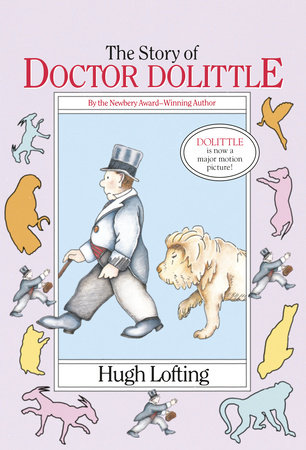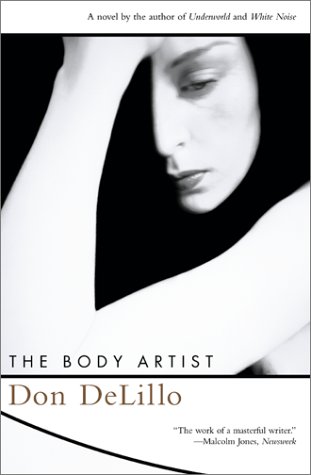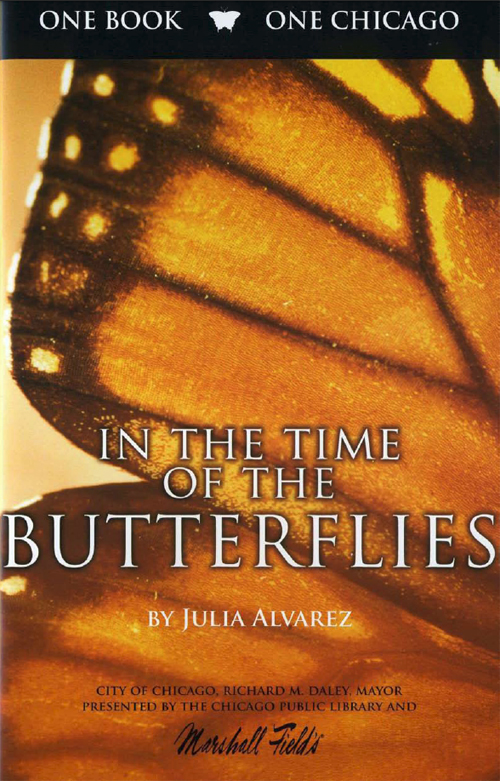http://www.americannamesociety.org/conferences/







Linguistic
Imperialism in Doctor Dolittle
Jonathan Rey Lee

This paper explores naming and translation as forms
of linguistic imperialism in Hugo Lofting’s
Doctor Dolittle series. In these children’s stories, mastery of
language supports and connects
three primary hierarchical logics—colonialism,
medicalization, and anthropocentrism.
The benevolent Doctor Dolittle has now captivated
children for almost a century. I suggest
that
Dolittle’s appeal does not come primarily from his
virtue, but from his knowledge—more specifically, his mastery of language. He, therefore, exemplifies the
power/knowledge relationship outlined by Michel Foucault. Dolittle’s linguistic imperialism may be more
or less benevolent, but nonetheless reveals three institutions of power that
held sway over Victorian thinking and still resonate today: colonialism,
medicalization, and anthropocentrism.

As Dolittle voyages to Africa, he finds himself a
colonial subject arbitrating between the civilized and uncivilized. Wielding his skill as a communicator,
Dolittle is able to successfully navigate various dangers because of his
ability to determine what others mean.
In so doing, he demonstrates a colonial perspective that renders others
knowable within its preexisting systems
of knowledge.
This faith in the power of comprehension is strongly related to
scientific discourse an era that was starting to institutionalize
medicine. Naming was crucial to the
classificatory project of the Victorian biological sciences and medical discourses
that, as Foucault argues, interpellate sexuality within a nationalist
biopolitics. Dolittle’s medical
knowledge similarly serves to establish an anthropocentric perspective which
measures others as more or less human.
Importantly, ‘human’ is exemplified by Dolittle himself, a British,
male, rational subject.
As a representation of linguistic imperialism, these
stories about show how linguistic fluency can provide a foundation of
power/knowledge that supports colonialism, medicalization, and anthropocentrism. As children’s literature, moreover, the
circulation of these stories as aids to developing literacy is inextricable
from their socializing function—the stories can themselves perform linguistic
imperialism.
Screen Names:
Names and the Limits of the Human in Don DeLillo’s The Body Artist
Candace Caraco

One of the recurrent themes of Don DeLillo’s fiction
is the power of language to constitute and
reconstitute the world. His 1982 novel—The Names—has this power as an organizing theme. His more recent
novella The Body Artist explores this
theme as part of a broader exploration of what it is to be human and the
particular intersection of language, the body, and the human. Giorgio Agamben’s
description of homo sacer, an obscure
figure in ancient Roman law who was shunned from society, provides a model for
understanding the relationship between and among the three main characters:
Lauren Hartke, the eponymous body artist; her husband Rey Robles, a famous
actor and director whose given name is Alejandro Alquezar; and the strange
figure whom Lauren names Mr. Tuttle, the same name as a high school science
teacher of hers. The novella’s few names
are foregrounded at various junctures, and the names and the processes of
naming are part of what demonstrates how DeLillo connects language to Agamben’s
call for a re-envisioning of contemporary biopolitics.

In The Body
Artist, the workplace for Lauren is, in some sense, the body itself. She
performs in theatres, transforming her body so that it appears to be other
bodies, but her work practice is wherever her body is. As a well-known artist,
part of her workplace is arguably also the media, where she is “the body artist
Lauren Hartke.” Her fading celebrity husband Rey has been trying to write an
autobiography, and he has been working on this project in their rented summer
home. His primary life’s work has been as an actor and director of feature
films, and the novella makes clear that his private life has been played out in
the media as if it were another feature. His screen name becomes the name by
which he lives as well as by which he works, and in some ways he becomes
trapped on screen. He seems unable to work, or to be, away from a camera.
The strange figure of Tuttle does not have a job or
a workplace; he exists outside society, and it is occasionally unclear if he
exists at all. He represents what Agamben refers to as “bare life” in Homo Sacer: Bare Life and Sovereign Power.
He is both a double for and a foil to Rey (“king”), and the pair operate in a
constellation around the body artist, playing out the limits of the human in a
mediated world in which one’s identity is threateningly separated from one’s
breath and bones. One’s name—that tie to family and history, culture and
community—speaks to a call for language and identity to be more than an echo of
someone else’s experience.
Naming and the
Work of Revolution: Julia Alvarez’s In
the Time of the Butterflies
Christine De
Vinne

When
Julia Alvarez mines historical record to recreate the Mirabal sisters,
champions against the Trujillo regime of the Dominican Republic, she hails the
revolutionary work of four women christened Las
Mariposas. She narrates In the Time of the Butterflies retrospectively
through the voice of Dedé, the only sister who survives. Now sixty-seven, Dedé has turned from the
work of revolution to the domesticity of life insurance—the company’s top
seller three years in a row. Meanwhile,
her niece Minou, holding on to a mother she lost, frequents the fortune teller Fela,
possessed by the spirits of the three dead women, her workplace a shed where a
candle-lit table promises mystic reunion.

Fela’s
name, rooted in fe ‘faith,’ which in
turn anchors the verb dar fe ‘to
testify,’ positions her, an ancillary character conjured as conjurer, central
thematically to this novel of impassioned testimony. The contrast between this minor character,
whom Alvarez can imagine and name, and main characters whose names are dictated
by fact foregrounds the artistry of the historical novelist. Alvarez may hint at symbolic meanings behind
the sisters’ actual names, Minerva, Patria, María Teresa, and Dedé, but her
more effective onomastic work rests on the literal level. Her text records interrogation that proceeds
by torture until “those who were captured gave out the names of other members”
(323), while from the “liberties” she takes with history, glimpsed in the
interplay between real and confected names, emerges a story of courage that she
argues “can only finally be understood by fiction, only finally be redeemed by
the imagination” (324).
This
paper undertakes an onomastic examination of In the Time of the Butterflies at the intersection of fact and
fiction. If fiction typically allows an
author the creativity to bestow on characters names weighted with metaphoric
meaning, the historical novelist is denied such freedom in the case of main
characters. As Alvarez demonstrates,
however, the symbolic use of names can be deftly applied to invented minor
characters, while the discursive use of names remains central in the
construction of meaning throughout.
No comments:
Post a Comment